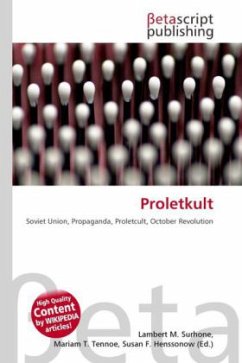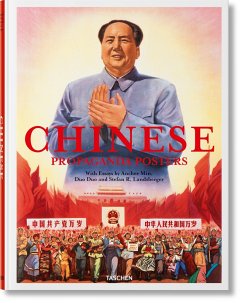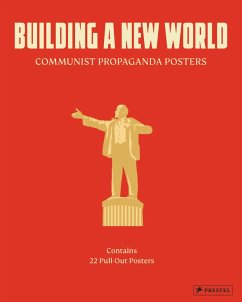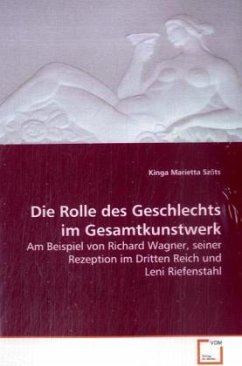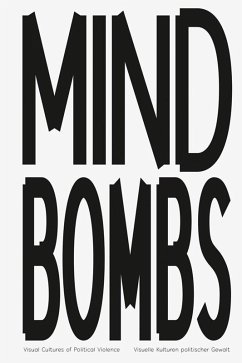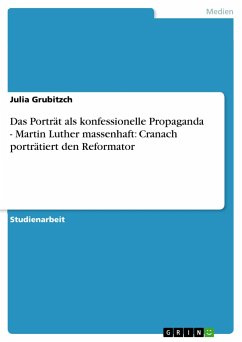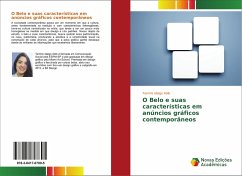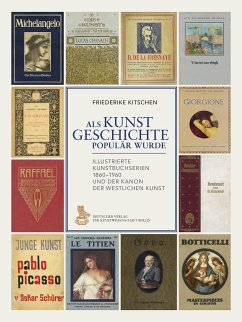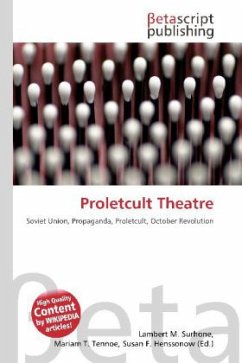
Proletcult Theatre
Versandkostenfrei!
Versandfertig in 6-10 Tagen
26,99 €
inkl. MwSt.

PAYBACK Punkte
13 °P sammeln!
Please note that the content of this book primarily consists of articles available from Wikipedia or other free sources online. Proletcult Theatre was the theatrical branch of the Soviet cultural movement Proletcult. It was concerned with the powerful expression of ideological content as political propaganda in the years following the revolution of 1917. Platon Kerzhentsev was one of its principal practitioners. It was used as a tool of political agitation that promoted a culture of the factory-floor and industrial motifs, but also folk singing and avant-garde. Plot was unimportant; its goal w...
Please note that the content of this book primarily consists of articles available from Wikipedia or other free sources online. Proletcult Theatre was the theatrical branch of the Soviet cultural movement Proletcult. It was concerned with the powerful expression of ideological content as political propaganda in the years following the revolution of 1917. Platon Kerzhentsev was one of its principal practitioners. It was used as a tool of political agitation that promoted a culture of the factory-floor and industrial motifs, but also folk singing and avant-garde. Plot was unimportant; its goal was to shock the audience with its style of performance, lighting techniques, props, radio broadcasts, blown-up newspaper headlines and slogans, projected films, circus elements, etc. The Proletcult Theatre attempted to affect the audience psychologically and emotionally, producing a shock in the spectator, the effect of which is to make the viewer aware of the condition of their own lives. This style is often referred to as the theatre of attractions, where an attraction is any aggressive emotional shock that provides the opportunity to raise awareness of the ideological reality of life (to defamiliarize the familiar ), particularly the mundane material reality.



